The Latter Day Saints folks (The Mormons) have just built a new temple here in Sacramento and before it is consecrated they have opened it up to the masses - to those non-believers and heathens, like me. So being curious about what Mormonism is all about, I went along for the tour.
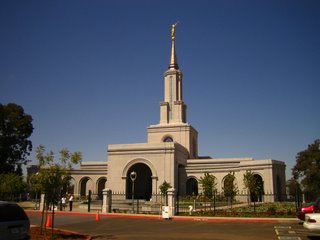
The new structure is quite impressive from a distance - it sits on the top of a hill just outside Folsom with a gold statue on the top of its spire. However, up close and inside, I did not find it nearly so impressive (IMHO). The statue on top is apparently a representation of the Angel Moroni – the messenger that passed along the
Book of Mormon, allegedly on gold plates, to
James Smith the church's founder back in 1823.
I expected that the tours would be a low key affair with only a few people wanting to visit. I was totally unprepared for the crowds of people that I found there. There was a steady stream of cars going up the hill, overflow parking in an adjacent field, long lines to “check in” for the tour, and groups of 25 or so leaving every 4 or 5 minutes to go inside "the temple". I have no explanation for such a level of interest.
As you may now I am not a Christian, and I find the whole story of the LDS church very dubious, but each to his/her own and we certainly don’t need to go into that here. All the Mormons I have ever known have been fine people, but judging by the protesters and pamphleteers at the entrance to the temple, not everyone feels so friendly to the LDS church.
That aside, there were a few things that surprised me about the LDS Temple. First, I was expecting to see one large space for communal worship but the temple was divided into many small rooms for maybe 30 or so people at the most. So the temple is not a place for everyday worship, just a place for smaller ceremonies like weddings, christenings, etc. The main worship takes place elsewhere, but still in relatively small groups at an allotted time slot based on your area of residence.
The decor inside the temple was also a little strange - lots of sofas and upholstered chairs. The most sacred room of the temple, The Celestial Room, was just like a large living room – a huge chandelier hanging from the ceiling, 3 or 4 couches and some chairs – honestly, it would not have been out of place in Las Vegas. Needless to say, I couldn’t quite get the feeling of reverence or sanctity that the tour guides were saying they felt.
Of course the Mormons are very much into "The Family" and their belief that a wedding between two people is not for this lifetime, but for eternity - weddings in the church take place in a "Sealing Room" (again a type of small room in the temple).
I didn’t feel the welcoming hand being extended to us poor single folk. What is worse is that they believe you can be baptized as a surrogate for one of your antecedents, so say if I were to be a church member, I could be baptized for myself, and then I could be baptized for my father, my grandmother, etc and they could retroactively become church members and be spared eternal damnation or whatever (presumably that is why the Mormons are so big into keeping genealogical records). Unfortunately for me that means I am completely screwed; having no heirs, I will have no one to bring me into the fold and save me from my fate. Oh dear…









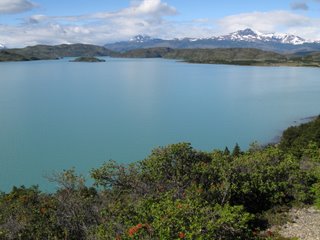
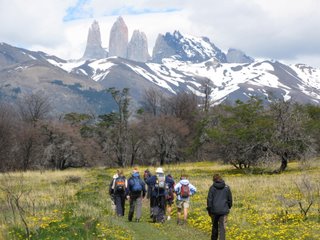

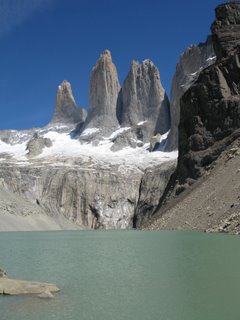
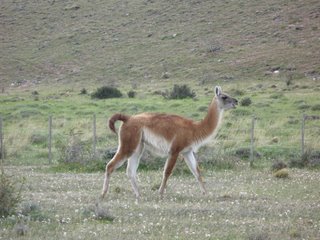


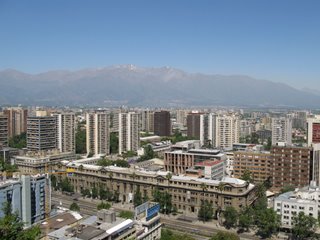
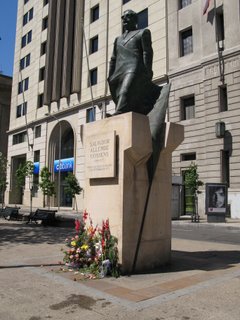
 So here we are on the night of her arrival out on the town dining at Ernesto's one of our local Mexican Restaurants. Note the Margarita - not a particularly small one - which she proceeded to consume and then professed that it was better than her usual orange juice.
So here we are on the night of her arrival out on the town dining at Ernesto's one of our local Mexican Restaurants. Note the Margarita - not a particularly small one - which she proceeded to consume and then professed that it was better than her usual orange juice.


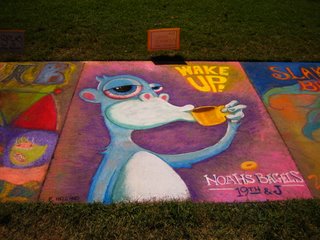

 While the graveyard in Franklin has some quite impressive tombstones, Private Willard’s grave very modest indeed.
While the graveyard in Franklin has some quite impressive tombstones, Private Willard’s grave very modest indeed.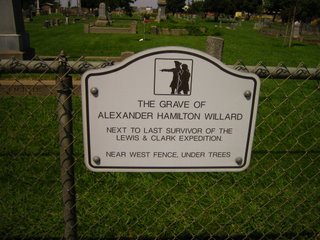


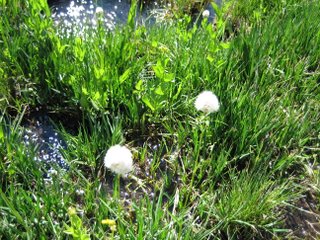
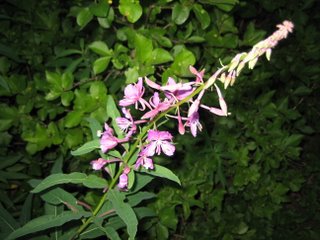

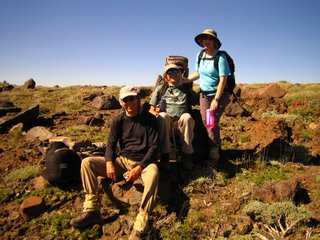


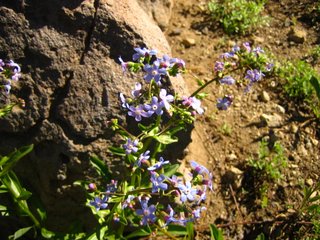




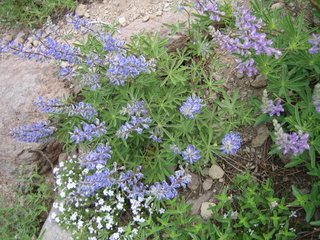





 I got to produce three things – a paper weight (not much blowing there), a vase and a bowl. I didn’t actually produce them entirely by myself; it was more very close supervision by someone who knew what they were doing and who would wrest control of the project from me whenever we got to some particularly tricky maneuver (of which there were a few).
I got to produce three things – a paper weight (not much blowing there), a vase and a bowl. I didn’t actually produce them entirely by myself; it was more very close supervision by someone who knew what they were doing and who would wrest control of the project from me whenever we got to some particularly tricky maneuver (of which there were a few).

